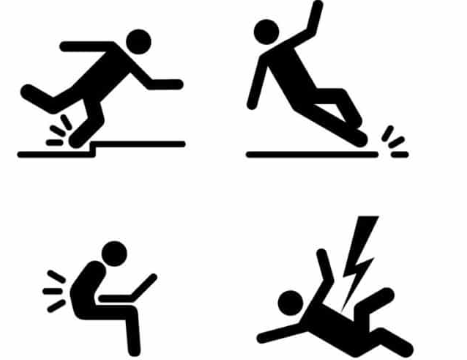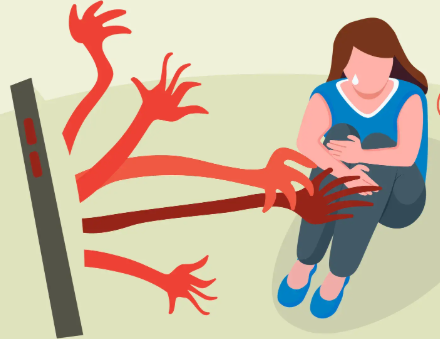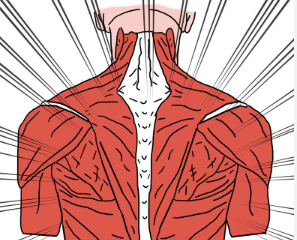When someone opens up about their pain—whether physical, emotional, or invisible—they’re not just stating a fact. They’re taking a vulnerable step. They’re trusting you with something raw and real. But what happens next—the way you respond—can either build a bridge of support or deepen the hurt. Words carry power, and the wrong ones can wound deeper than silence ever could.
What you should never say when someone tells you they’re in pain isn’t always obvious. Sometimes, it’s said with good intentions or casual indifference. But even well-meaning words can dismiss, minimize, or invalidate a person’s experience. And for those living with chronic or invisible conditions, these moments of invalidation accumulate until it becomes too hard to speak up again.
Here’s a closer look at phrases to avoid—and why they hurt more than help.
“But You Don’t Look Sick”
This one is common and often comes with a tone of surprise. It may seem like a compliment, but it implies that visible evidence is required for pain to be real. Chronic pain, like fibromyalgia or nerve damage, doesn’t always show on the outside. Just because someone looks fine doesn’t mean they aren’t suffering.
Pain is not about appearances. It’s about experience. When someone hears this, they often feel like their truth is being questioned. It erodes trust and discourages further honesty.
“It Could Be Worse”
While this phrase is sometimes intended to put things in perspective, it actually shuts down conversation. Telling someone it could be worse minimizes their pain and implies that their experience isn’t worth acknowledging.
Everyone’s pain is valid. Comparisons don’t comfort—they silence. What someone needs in that moment is understanding, not a reminder that they should feel lucky to be suffering less than someone else.
“You’re Just Being Dramatic”
Few words sting more than being accused of exaggeration when you’re in real pain. This kind of response isn’t just dismissive—it’s deeply shaming. It tells the person that their suffering is a performance rather than a reality.
This phrase silences people, causes them to internalize their pain, and can even lead to delayed care or emotional distress. No one should be made to feel like they have to defend their pain.
“Have You Tried Just…?”
While offering suggestions can be well-meaning, unsolicited advice—especially when it’s simplistic—can come across as dismissive. Phrases like “Have you tried yoga?” or “Just drink more water” ignore the complexity of chronic illness and pain.
People living with pain have usually tried many things already. What they’re looking for in the moment isn’t a cure from a casual suggestion. They’re looking to be heard, believed, and supported.
“You’re Too Young to Be in Pain“
Pain doesn’t discriminate by age. Many young people live with chronic conditions. When someone hears they’re “too young” to be in pain, it invalidates their reality and adds a layer of disbelief to their experience.
This phrase feeds into harmful stereotypes and isolates those who are already struggling to be taken seriously—especially in medical settings.
“It’s Probably Just Stress”
Stress can certainly affect physical health, but using this phrase as a default explanation can be harmful. It reduces the person’s experience to a mental state, often implying that the pain is imagined or self-inflicted.
While stress management is important, this response shifts responsibility onto the person in pain instead of acknowledging the full picture of what they’re going through.
“At Least It’s Not…”
Similar to “It could be worse,” this phrase is rooted in comparison. It tries to console by highlighting that the situation isn’t as bad as something else. But pain isn’t a competition. Telling someone “At least it’s not cancer” or “At least you can walk” invalidates their struggle and overlooks their need for empathy.
Pain deserves recognition in its own right. Compassion doesn’t require comparisons.
What You Can Say Instead
Instead of minimizing or invalidating someone’s pain, try responses that center empathy:
- “That sounds really hard. I’m here for you.”
- “I can’t imagine how tough that must be.”
- “Is there anything I can do to help right now?”
- “I believe you.”
- “Thank you for trusting me with that.”
These phrases don’t try to fix. They don’t question or compare. They simply acknowledge and support.
Frequently Asked Questions
1. Why do people often say the wrong thing when someone is in pain?
Many people feel uncomfortable with vulnerability and try to fix or minimize the situation to feel more in control. It’s often not malicious, just misguided.
2. What is the harm in saying “It’s probably just stress”?
It invalidates real physical pain and suggests that the person’s suffering is not legitimate, which can delay proper care and cause emotional harm.
3. How can I respond better to someone in pain?
Listen without interrupting. Acknowledge their feelings. Avoid offering advice unless asked. Use validating phrases that show empathy.
4. Is it okay to admit I don’t know what to say?
Yes. Saying “I don’t know what to say, but I care” is far more supportive than saying something dismissive just to fill the silence.
5. Why is “You don’t look sick” considered hurtful?
It implies that visible symptoms are the only valid form of illness and discredits the invisible suffering many people endure.
6. How can I help someone feel safe sharing their pain?
Create space without judgment. Offer consistent support. Respect their experience and honor their need to speak freely without correction or critique.
What you should never say when someone tells you they’re in pain is anything that makes them feel less seen, less believed, or less worthy of care. Your words have the power to comfort or cut. Choose them with intention. Listen with compassion. And remember that sometimes, the most healing thing you can say is simply, I believe you.
For More Information Related to Fibromyalgia Visit below sites:
References:
Fibromyalgia Contact Us Directly
Click here to Contact us Directly on Inbox
Official Fibromyalgia Blogs
Click here to Get the latest Chronic illness Updates
Fibromyalgia Stores



